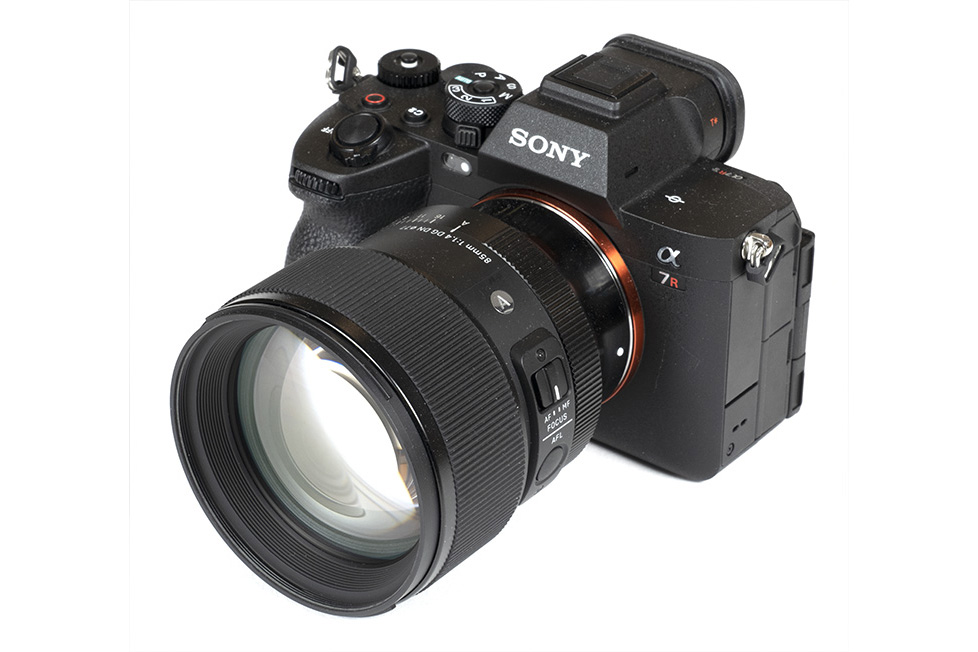Review by Klaus Schroiff, published April 2023
Introduction
Fast 85mm f/1.4 lenses are hot commodities, but the OEM options tend to be on the expensive side. However, at least Sony users are not without options – and the Sigma 85mm f/1.4 DG DN ART is one of them. It’s actually Sigma’s 2nd 85mm f/1.4 lens in E-mount. The first one was merely a somewhat optimized DLSR lens – whereas the “DN” has been designed specifically for mirrorless cameras. During the late DSLR era, Sigma was known for offering very good but also huge & heavy lenses. This isn’t really true anymore. Other than being much more compact than its predecessor, the 85mm f/1.4 DN DG ART is also 200g more lightweight than the Sony 85mm f/1.4 GM, so it’ll be interesting to see whether it can match this reference optically. The Sigma lens is available for around 1100USD/EUR in Sony E mount as well as L-mount.

The lens is a member of the ART series that targets (semi-)professional users. The build quality is on a correspondingly high-level thanks to a combination of aluminum and Sigma’s TSC (Thermally Stable Composite) material. It is also dust- and splash-proof. The broad, rubberized focus ring turns smoothly. Sigma also implemented a dedicated aperture ring, an aperture lock switch and a de-clicked mode. An AF lock button can be customized on the camera. While the lens itself feels sturdy, the same can’t be said about the front lens cap – it’s shaky and tends to detach easily; thus, if you decide to go for it, better order a different cap alongside the lens.
When being used on our A7R V, the AF is quite fast and noiseless. However, keep in mind that the AF speed is also heavily dependent on the camera. It’s not quite as impressive on our old AR7 II or A6300, for instance. Manual focusing works “by-wire”. An image stabilizer has not been implemented.
| Specifications | |
|---|---|
| Optical construction | 15 elements in 11 groups (1x aspherical, 5xSLD) |
| Number of aperture blades | 11 (rounded) |
| min. focus distance | 0.85m (1:8.4 max magnification) |
| Dimensions | φ82.8×96.1mm |
| Weight | 625g |
| Filter size | 77mm |
| Hood | barrel-shaped (bayonet mount, supplied) |
| Available Mounts | L-mount, Sony FE |
| Other features | Autofocus-Lock (AFL) button, dust- & splash-resistant, aperture ring lock switch, de-clicked mode |
Distortions
When looking behind the scenes, we can spot a high degree of pincushion distortion of more than 3%. This is unusually high for such a prime lens, but then end-users won’t really notice this, thanks to auto-correction.
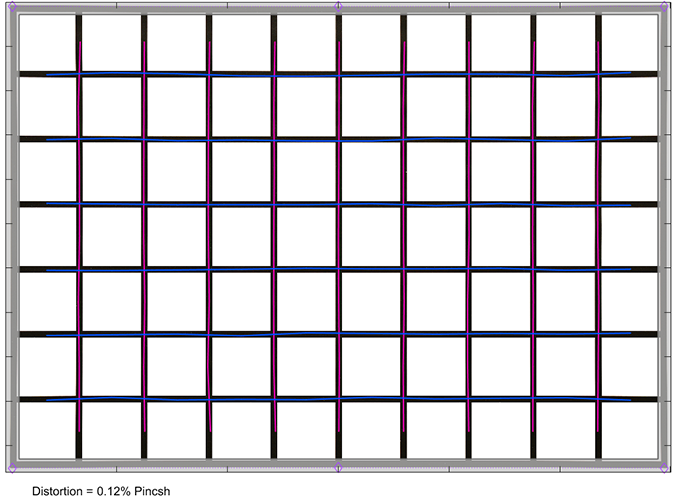

Vignetting
The vignetting characteristic is typical for a lens in this class. RAW images show a light falloff of ~2.2EV (f-stops) at f/1.4. Stopping down results in a gradual decrease in vignetting. At f/5.6, the light falloff remains still somewhat noticeable at around 1EV. Auto-correction helps, although it doesn’t reduce the issue to zero. At f/1.4, there’s still a falloff of ~1EV and slightly less than that from f/2 onward. Auto-correcting vignetting isn’t lossless, so it’s sensible not to overdo it.

MTF (resolution) at 42 megapixels
The Sigma 85mm f/1.4 DG DN ART is sharp, plenty sharp. The center quality is already excellent at f/1.4, and the outer image field is easily on a very good level. Stopping down increases the quality slightly until reaching an outstanding peak at f/4. Diffraction is the limiting factor beyond. You won’t really notice this at f/5.6, but f/11 and beyond should be avoided unless you require the depth-of-field.
The field curvature is very low. The tested sample had a good centering quality.
Please note that the MTF results are not directly comparable across the different systems!
Below is a simplified summary of the formal findings. The chart shows line widths per picture height (LW/PH) which can be taken as a measure of sharpness. If you want to know more about the MTF50 figures, you may check out the corresponding Imatest Explanations

Chromatic Aberrations (CAs)
Lateral CAs are very low and nothing to worry about.

Bokeh
You won’t really invest in such a lens if you didn’t intend to use it for shallow depth-of-field photography, so now that we know that the lens is sharp – let’s see how it renders out-of-focus areas.
Out-of-focus highlights are nicely rendered near the image center, at least. As you can see below, the inner zone of the discs is very smooth, with just a hint of outlining. Stopping down to f/2 maintains the circular shape, and a more edgy aperture shape is just barely visible at f/2.8. The 11-rounded aperture blades are doing a nice job here.

The Sigma lens isn’t immune to the deterioration of the highlight discs towards the borders/corners. Unfortunately, they deteriorate “very early” – at f/1.4, the discs are only circular near the center. The corner highlights are “cat eyes”. This is a mechanical vignetting effect. Stopping down broadens the “perfect” zone, although the quality of the corner discs is certainly not ideal, even at f/4.
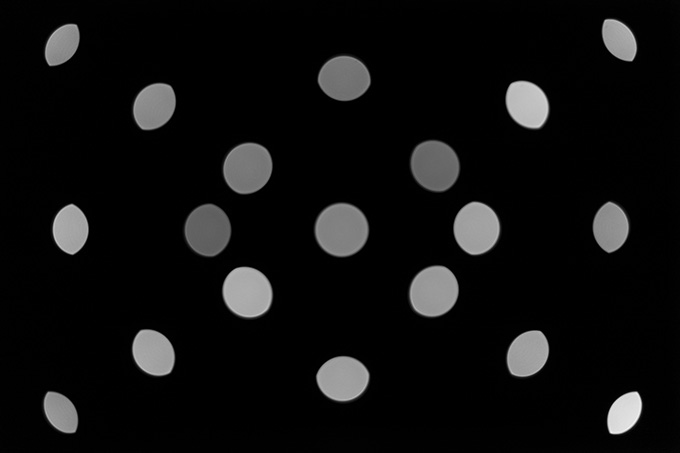
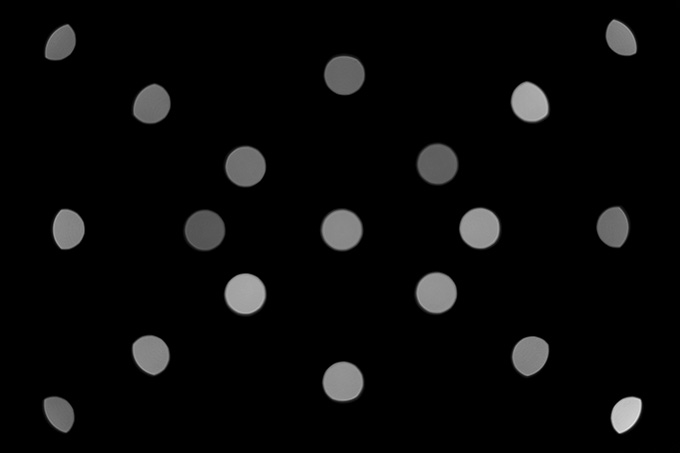
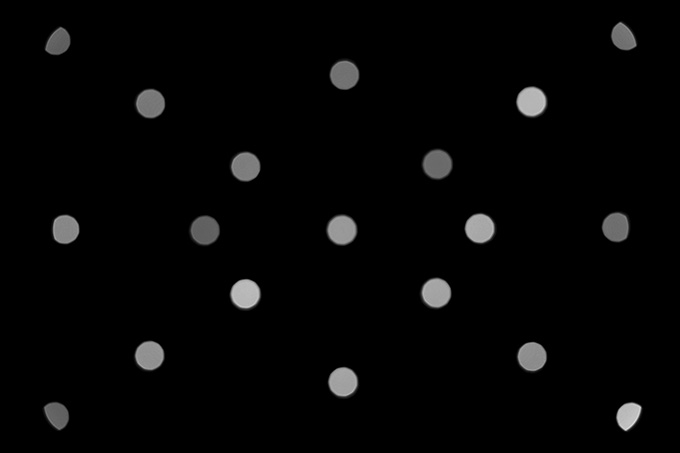
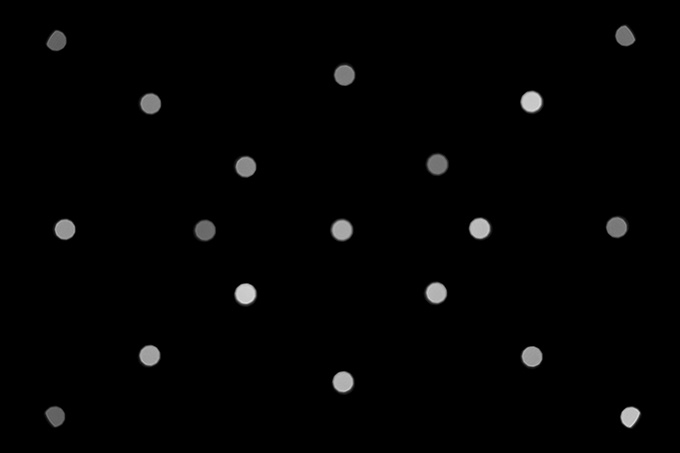
The quality of the general blur in the focus transition zone is good in the image background, although less so in the image foreground, which shows double halos at contrasty edges.

Bokeh Fringing / LoCA
Boheh fringing/LoCA is an axial color fringing effect with purplish halos in front of the focus point and greenish beyond.
The Sigma lens doesn’t feature an APO design (like most lenses), so there’s some pronounced color fringing present at f/1.4. It’s reduced at f/2 and mostly gone from f/4. This can’t be easily corrected via post-processing.
If you scroll through the images, you may notice that the focus extends toward the rear when stopping down (without changing the focus point) – so there’s a bit of a focus shift going on (RSA = residual spherical aberrations). However, the “0” at f/1.4 remains in focus at smaller aperture settings, so it’s not much of a deal in real life.
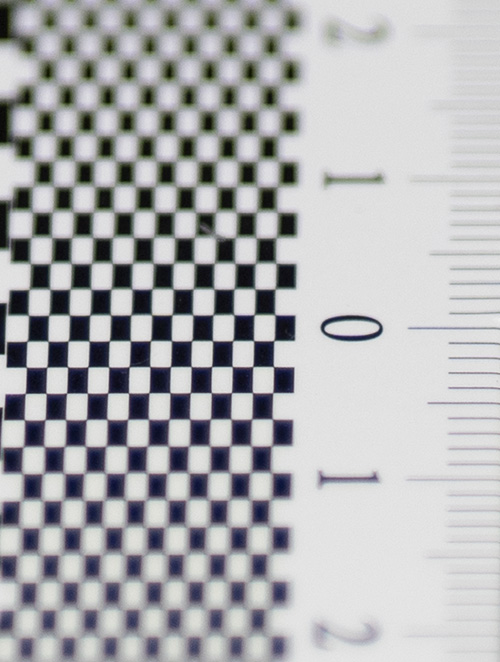
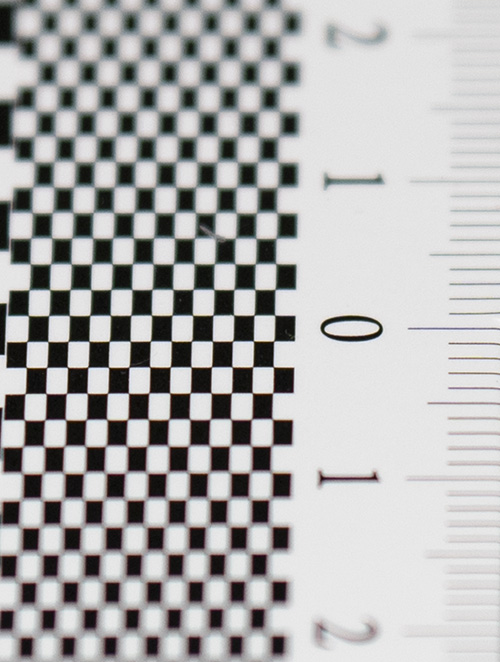
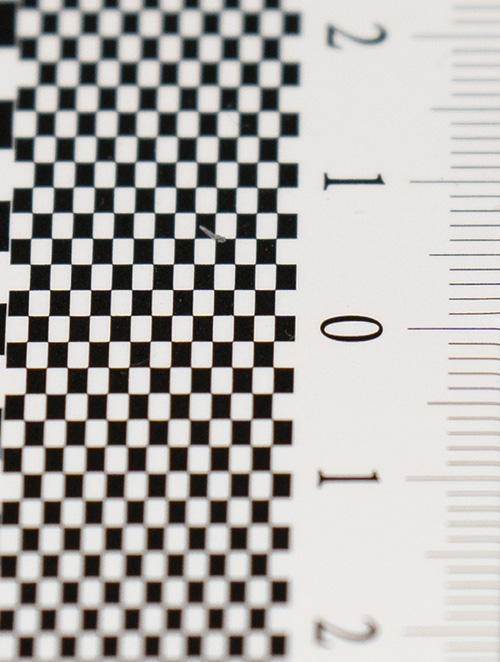

Sample Images
Competition
The Sigma 85mm f/1.4 DN DG ART (shown to the left below, with lens hood) has 2 main competitors. There’s, of course, the Sony 85mm f/1.4 GM (center) and the lesser-known Samyang AF 85mm f/1.4 FE II. The Sony and Sigma have very similar performance, although the Sigma may have a slight edge, specifically at shorter focus distances. If you are into videos, the Sony GM lens can benefit from breathing compensation with newer Sony camera bodies – whereas the Sigma lens does suffer from this. We haven’t tested the mk II version of the Samyang lens, but the optics are the same as on the mk I. While very decent, it stays a little short of the other two. However, it costs substantially less, so unless it’s a core lens in your setup, it may still be interesting.

The Sigma 85mm f/1.4 DN DG ART didn't receive too much attention out there, which is a bit strange in our book - it is among the best 85mm lenses that we have tested so far. It is plenty sharp at f/1.4 and only gets better when stopped down a little bit. The peak quality around f/4 is nothing short of outstanding. Image distortions are visible in RAW files but easily auto-corrected. The RAW vignetting is typical for a lens in this class - and, once again, there's little to worry about with auto-correction. Lateral CAs are marginal. Conversely, axial CAs are clearly visible in critical scenes at f/1.4 and f/2. However, keep in mind that this isn't unusual among ultra-fast lenses. The quality of the bokeh is good in the critical image background, with some nervousness in the foreground. Bokeh highlights are nicely rendered, but you'll have to live with cat eyes near the edges. It's a non-issue for photography, but videographers may not like that the lens exhibits pronounced focus breathing.
The build quality is exceptionally high and on the level of professional OEM lenses - other than the rather wobbly front cap. It's also dust- and splash resistant. The Sigma lens is also surprisingly lightweight and compact for a lens of its class. The dedicated aperture ring offers a de-clicked mode, and you can customize the AF-lock button via the camera. The AF is both quite speedy and noiseless, with the usual caveat that this is heavily dependent on the camera as well.
Overall, the Sigma 85mm f/1.4 DN DG ART is a winner, and it deserves our highest praise - "Highly Recommended".
-
Optical Quality
-
Build Quality
-
Price/Performance


